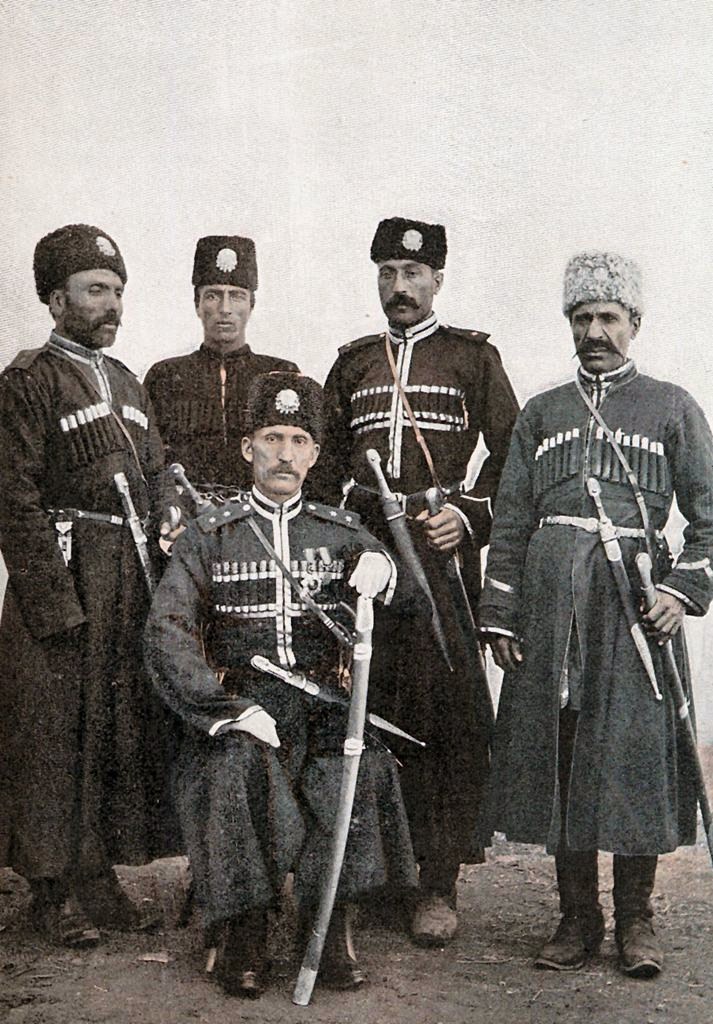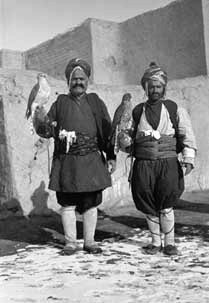|
Yıldırımtepe, Çıldır
Yıldırımtepe is a neighbourhood of the town Çıldır, Çıldır District, Ardahan Province, Turkey. Its population is 172 (2021). The neighbourhood is populated by Karapapakhs and Turks Turk or Turks may refer to: Communities and ethnic groups * Turkish people, or the Turks, a Turkic ethnic group and nation * Turkish citizen, a citizen of the Republic of Turkey * Turkic peoples, a collection of ethnic groups who speak Turkic lang .... References Çıldır District Karapapakh settlements in Turkey Neighbourhoods in Ardahan Province {{Ardahan-geo-stub ... [...More Info...] [...Related Items...] OR: [Wikipedia] [Google] [Baidu] |
Çıldır
Çıldır (, Husenian; meaning "North"; ka, ჩრდილი, Chrdili; meaning "Shadow") is a town in Ardahan Province of Turkey Turkey, officially the Republic of Türkiye, is a country mainly located in Anatolia in West Asia, with a relatively small part called East Thrace in Southeast Europe. It borders the Black Sea to the north; Georgia (country), Georgia, Armen .... It is the seat of Çıldır District.İlçe Belediyesi Turkey Civil Administration Departments Inventory. Retrieved 12 January 2023. Its population is 2,552 (2021). The town is populated by Turks. The town consists of 9 quarters, including [...More Info...] [...Related Items...] OR: [Wikipedia] [Google] [Baidu] |
Çıldır District
Çıldır District is a district of Ardahan Province of Turkey. Its seat is the town Çıldır.İlçe Belediyesi Turkey Civil Administration Departments Inventory. Retrieved 12 January 2023. Its area is 988 km2, and its population is 8,983 (2021). Most of the rural population of the district is populated by the Karapapakh. The district is also populated by and Turkish people, Turks. Composition There is one municipality in Çıldır District: * |
Ardahan Province
Ardahan Province (; ka, არტაანის რეგიონი, tr; is a Provinces of Turkey, province in the north-east of Turkey, bordering Georgia (country), Georgia and Armenia. Its area is 4,934 km2, and its population is 92,481 (2022). The provincial capital is the city of Ardahan. Ardahan borders the Turkish provinces of Erzurum Province, Erzurum, Artvin Province, Artvin and Kars Province, Kars. Demographics In 1886, 43,643 people lived in Ardahan Vilayet of which was Turkish, was Kurdish, Karapapakhs, Karapapakh, Greek, Turkmen, Russian and Armenian. The town of Ardahan had a population of 778 of which was Turkish, Russian, Armenian and Greek. In the 1897 Russian Empire Census, Kars Oblast, Ardahan okrug had a population of 65,763 of which was Turkish, Kurdish, Karapapakh, Greek, Turkmens, Turkmen and Armenian. Slavs constituted of the population. The town of Ardahan had a population of 4,142 of which was Slavic, Armenian, Turkish an ... [...More Info...] [...Related Items...] OR: [Wikipedia] [Google] [Baidu] |
Turkey
Turkey, officially the Republic of Türkiye, is a country mainly located in Anatolia in West Asia, with a relatively small part called East Thrace in Southeast Europe. It borders the Black Sea to the north; Georgia (country), Georgia, Armenia, Azerbaijan, and Iran to the east; Iraq, Syria, and the Mediterranean Sea to the south; and the Aegean Sea, Greece, and Bulgaria to the west. Turkey is home to over 85 million people; most are ethnic Turkish people, Turks, while ethnic Kurds in Turkey, Kurds are the Minorities in Turkey, largest ethnic minority. Officially Secularism in Turkey, a secular state, Turkey has Islam in Turkey, a Muslim-majority population. Ankara is Turkey's capital and second-largest city. Istanbul is its largest city and economic center. Other major cities include İzmir, Bursa, and Antalya. First inhabited by modern humans during the Late Paleolithic, present-day Turkey was home to List of ancient peoples of Anatolia, various ancient peoples. The Hattians ... [...More Info...] [...Related Items...] OR: [Wikipedia] [Google] [Baidu] |
TÜİK
Turkish Statistical Institute (commonly known as TurkStat; or TÜİK) is the Turkish government agency commissioned with producing official statistics on Turkey, its population, resources, economy, society, and culture. It was founded in 1926 and headquartered in Ankara. Formerly named as the State Institute of Statistics (Devlet İstatistik Enstitüsü (DİE)), the institute was renamed as the Turkish Statistical Institute on November 18, 2005. See also * List of Turkish provinces by life expectancy References External linksOfficial website of the institute National statistical services Statistical Organizations established in 1926 Organizations based in Ankara {{Sci-org-stub ... [...More Info...] [...Related Items...] OR: [Wikipedia] [Google] [Baidu] |
Karapapakhs
The Karapapakhs (; ), or Terekeme (; ), are a Turkic people, who originally spoke the Karapapakh language, a western Oghuz language closely related to Azerbaijani and Turkish. Nowadays, the Karapapakh language has been largely supplanted by Azerbaijani and Turkish. After moving into Western Asia in the Middle Ages together with other Turkic speakers and Mongol nomads, the Karapapakhs settled along the Debed river in eastern Georgia (along the present-day Georgian-Armenian border). They moved to Qajar Iran, and the Ottoman Empire after the Treaty of Turkmenchay was concluded between Iran and Russia in 1828. The Karapapakhs who remained within the Russian Empire were counted as a separate group in Tsarist population figures. During the Soviet Union's existence, the Karapapakhs were culturally and linguistically assimilated by the Azerbaijanis, and they were counted as "Azerbaijanis" in the 1959 and 1970 Soviet censuses. In 1944 the Karapapakh in the Soviet Union were depo ... [...More Info...] [...Related Items...] OR: [Wikipedia] [Google] [Baidu] |
Turkish People
Turks (), or Turkish people, are the largest Turkic peoples, Turkic ethnic group, comprising the majority of the population of Turkey and Northern Cyprus. They generally speak the various Turkish dialects. In addition, centuries-old Turkish communities in the former Ottoman Empire, ethnic Turkish communities still exist across other former territories of the Ottoman Empire. Article 66 of the Constitution of Turkey defines a ''Turk'' as anyone who is a citizen of the Turkish state. While the legal use of the term ''Turkish'' as it pertains to a citizen of Turkey is different from the term's ethnic definition, the majority of the Turkish population (an estimated 70 to 75 percent) are of Turkish ethnicity. The vast majority of Turks are Sunni Islam, Sunni Muslims, with a notable minority practicing Alevism. The ethnic Turks can therefore be distinguished by a number of cultural and regional variants, but do not function as separate ethnic groups. In particular, the culture of the ... [...More Info...] [...Related Items...] OR: [Wikipedia] [Google] [Baidu] |
Karapapakh Settlements In Turkey
The Karapapakhs (; ), or Terekeme (; ), are a Turkic people, who originally spoke the Karapapakh language, a western Oghuz language closely related to Azerbaijani and Turkish. Nowadays, the Karapapakh language has been largely supplanted by Azerbaijani and Turkish. After moving into Western Asia in the Middle Ages together with other Turkic speakers and Mongol nomads, the Karapapakhs settled along the Debed river in eastern Georgia (along the present-day Georgian-Armenian border). They moved to Qajar Iran, and the Ottoman Empire after the Treaty of Turkmenchay was concluded between Iran and Russia in 1828. The Karapapakhs who remained within the Russian Empire were counted as a separate group in Tsarist population figures. During the Soviet Union's existence, the Karapapakhs were culturally and linguistically assimilated by the Azerbaijanis, and they were counted as "Azerbaijanis" in the 1959 and 1970 Soviet censuses. In 1944 the Karapapakh in the Soviet Union were deporte ... [...More Info...] [...Related Items...] OR: [Wikipedia] [Google] [Baidu] |



